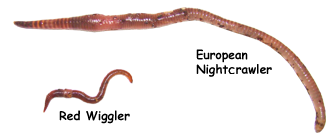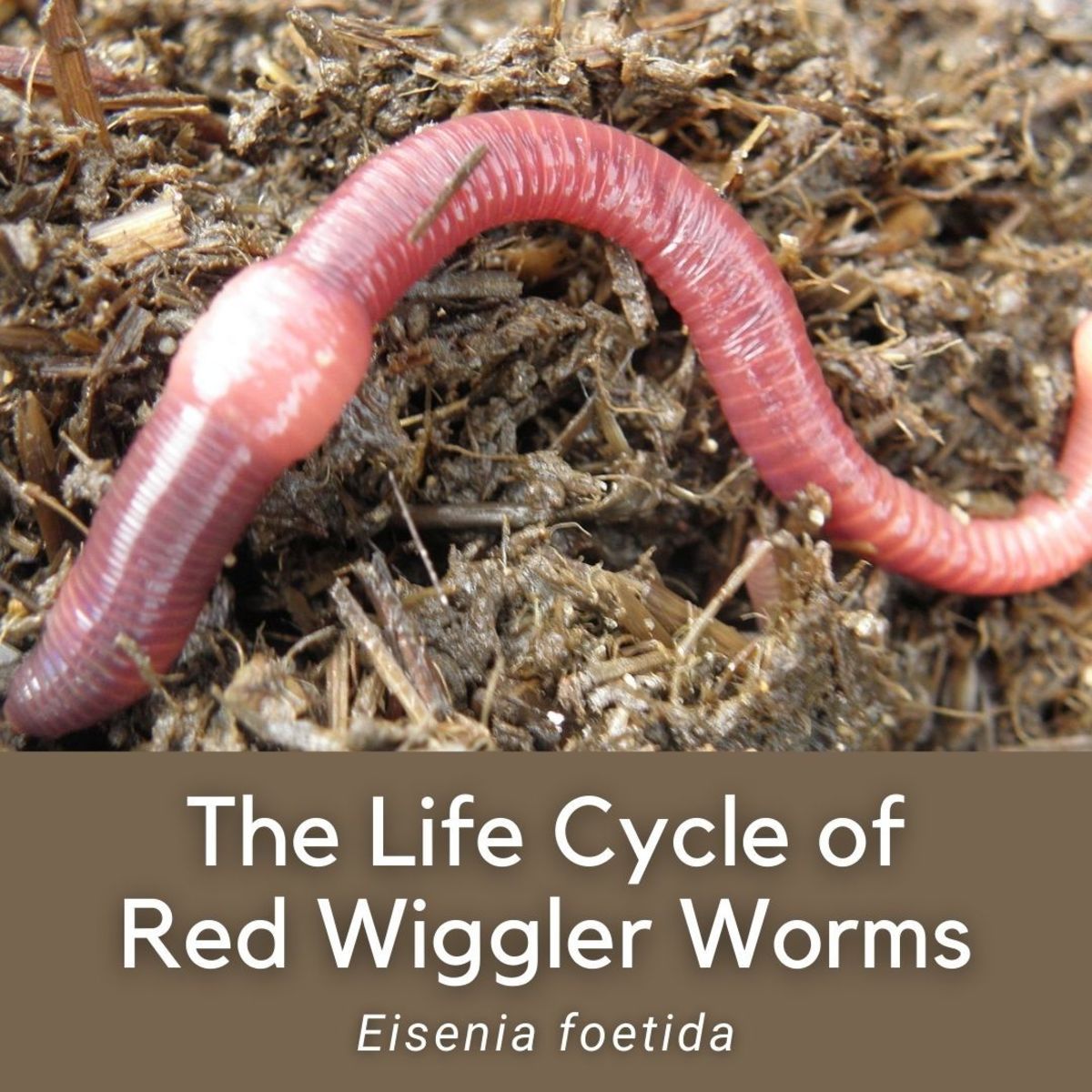Red Wiggler Worms - Perfect for Vermicomposting and Soil Enrichment
Red Wiggler Worms - Perfect for Vermicomposting and Soil Enrichment
Blog Article
Making The Most Of the Perks of Red Wiggler Worms: A Comprehensive Manual for Home Gardeners and Urban Farmers
In the realm of lasting gardening practices, red wiggler worms stand as unrecognized heroes, silently changing natural waste right into nutrient-rich spreadings that can function marvels for dirt health. By exploring the complexities of exactly how to successfully care for and maximize the benefits of red wiggler worms, individuals can unlock a wealth of opportunities for improving the sustainability and productivity of their gardening endeavors.
Understanding Red Wiggler Worms
Red Wiggler worms, renowned for their reliable composting abilities, are a types of earthworms extensively utilized in vermiculture methods. These worms, medically called Eisenia fetida, flourish in rotting natural product, making them perfect candidates for composting (Red Wiggler Worms). Red Wigglers are ravenous eaters, qualified of eating their own weight in organic waste daily. Their digestion procedure breaks down raw material into nutrient-rich castings, which are a beneficial resource for enriching soil and promoting plant growth.
One trick feature of Red Wiggler worms is their reproductive price. These hermaphroditic animals have both male and women reproductive organs, allowing them to recreate rapidly under favorable conditions. A fully grown Red Wiggler can generate several children in a short period, ensuring a steady populace within a composting system.

Setting Up a Worm Bin
When developing a worm container for vermiculture functions, proper preparation and attention to information are necessary for developing a favorable atmosphere for Red Wiggler worms,. Begin by selecting a suitable container for your worm bin. This can be a plastic or wood container with a cover to preserve moisture degrees and secure the worms from light. Make sure that the bin has water drainage openings near the bottom to stop waterlogging.

Area the worm container in a cool, dark location away from direct sunlight and severe temperature levels. Routinely keep track of the wetness levels, adding water if the bedding feels dry or half-cracked. Feed the worms a well balanced diet plan of vegetables and fruit scraps, preventing citrus fruits, onions, and spicy foods. By complying with these steps, you can establish a prospering worm bin that will efficiently process organic waste into nutrient-rich vermicompost for your garden.
Feeding and Maintaining Worms
Guaranteeing a healthy and balanced diet regimen is vital for the health and wellness and productivity of Red Wiggler worms in a vermiculture system. It is crucial to avoid feeding them citrus fruits, onions, garlic, milk items, meat, and oily foods as these can be hazardous to the worms or create unpleasant smells in the bin.
Appropriate moisture degrees are likewise vital for the health of Red Wiggler worms. The bedding ought to really feel like a damp sponge, offering sufficient dampness for the worms to take a breath through their skin. Regularly inspect the dampness degrees and adjust by adding water or dry bed linen product as required. In addition, maintaining proper temperature conditions between 55-77 ° F(13-25 ° C )will guarantee ideal worm activity and reproduction. By carefully checking their diet regimen, dampness, and ecological problems, home garden enthusiasts and city farmers can maintain a effective and healthy and balanced Red Wiggler worm populace for composting objectives.
Gathering Worm Spreadings
To effectively draw out nutrient-rich worm castings from the vermicompost, a systematic harvesting procedure is crucial for making the most of the composting benefits. Red Wiggler Worms. The primary step in harvesting worm castings is to urge the worms to move to one side of the bin. This can be attained by putting fresh food scraps on one side and leaving the opposite side uninterrupted for a couple of days. Once most of worms have actually moved to the side with fresh food, the castings can be collected from Read More Here the opposite side.
After the spreadings have actually been collected, it is very important to separate any type of remaining worms from the spreadings to stay clear of damaging them throughout storage space or application. One reliable technique is to create cone-shaped piles of spreadings under bright light. Worms will intuitively move far from the light, permitting easy separation and removal.
Last but not least, the gathered worm castings must be stored in a trendy, dark, and dry location to preserve their top quality and performance as a nutrient-rich soil change. By following these steps, home garden enthusiasts and city farmers can take full advantage of the advantages of red wiggler worms in their vermicomposting systems.
Utilizing Worm Castings in Gardening
The unification of nutrient-rich worm castings right into yard dirt can considerably boost plant development and total soil health and wellness. Worm spreadings, also called vermicast, are an all-natural fertilizer created by red wiggler worms as they damage down raw material. These castings are rich in vital nutrients like nitrogen, phosphorus, potassium, and helpful germs that advertise plant development and boost dirt framework.
When using worm spreadings in over here gardening, it is important to blend them completely right into the soil or use them as a top dressing around plants. The slow-release nature of worm castings ensures a stable supply of nutrients to plants in time, decreasing the risk of nutrient leaching and promoting long-term dirt fertility. Additionally, worm castings help improve soil aeration, water retention, and microbial activity, producing a healthy and balanced atmosphere for plant roots to flourish.

Final Thought
To conclude, the utilization of red wiggler worms in home gardening and metropolitan farming can dramatically profit soil health and plant growth. By comprehending exactly how to establish and preserve a worm container, feed the worms effectively, and collect their nutrient-rich spreadings, garden enthusiasts can optimize the advantages of these earthworms. Including worm spreadings right into horticulture methods can improve dirt fertility and general plant efficiency. Generally, red wiggler worms use a lasting and efficient remedy for boosting yard and ranch returns.
In the world of lasting gardening methods, red wiggler worms stand as unsung heroes, quietly changing organic waste into nutrient-rich castings that can work wonders for soil health and wellness.When developing a worm bin for vermiculture functions, appropriate preparation and attention to information are crucial for developing a helpful atmosphere for Red Wiggler worms. The very first step in collecting hop over to these guys worm spreadings is to urge the worms to migrate to one side of the bin. Worm spreadings, likewise known as vermicast, are an all-natural fertilizer generated by red wiggler worms as they break down organic matter. By comprehending how to establish up and maintain a worm bin, feed the worms properly, and gather their nutrient-rich castings, garden enthusiasts can take full advantage of the advantages of these earthworms.
Report this page